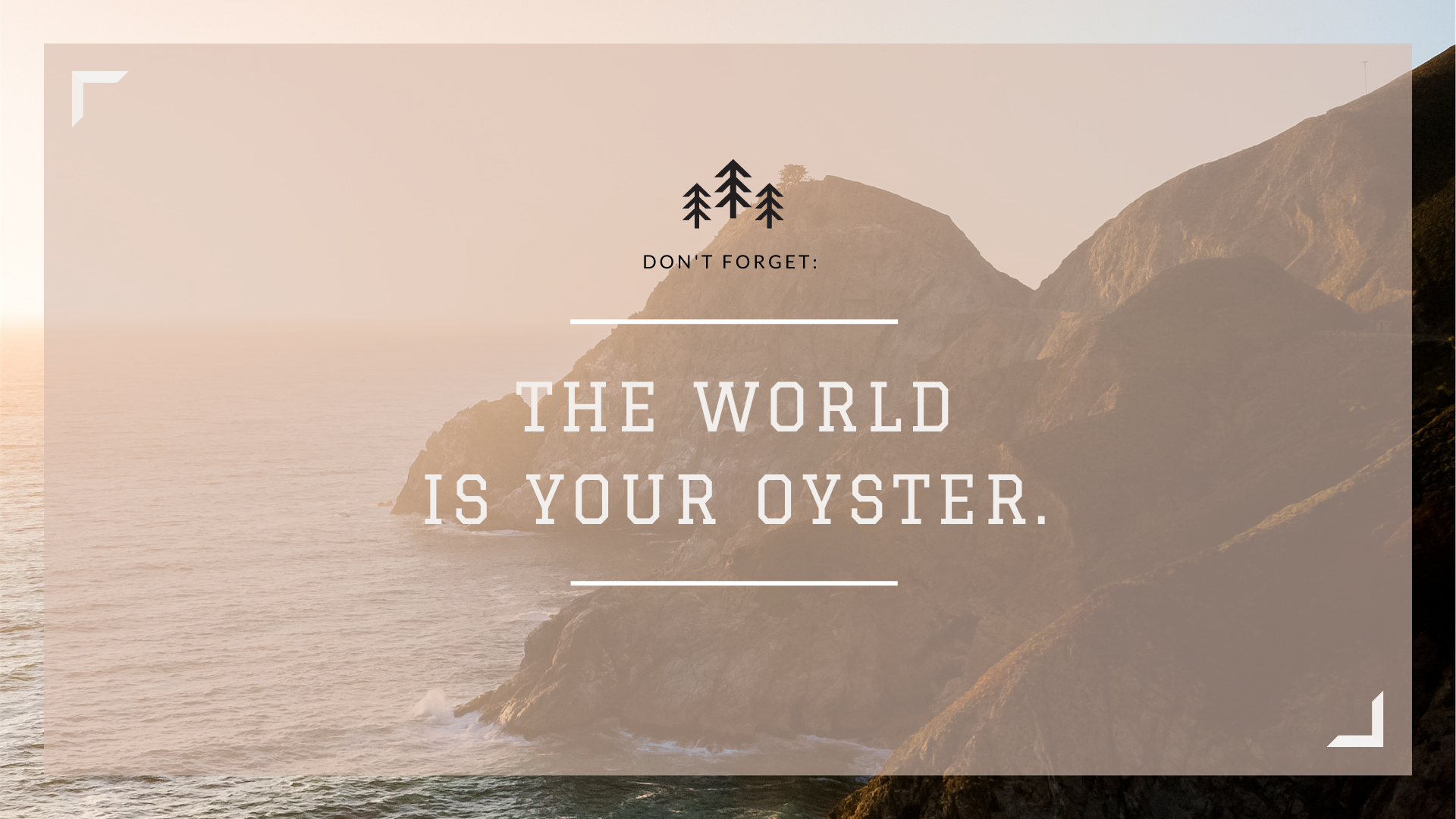A quick internet search about the “comfort zone” will produce tons of quotes about the benefits of risk-taking. We’re told that we aren’t really living if we stick to our safe routines. It’s said that if we never venture outside of the familiar, we’ll never grow. But what is the comfort zone, and what does it mean to be in it? How do we get out of it, and what happens when we do?
At Home in the Comfort Zone
We can think of our comfort zone as a state of being. In this state, we don’t experience much anxiety or disturbance. We operate according to a restricted set of actions that produce predictable results. In this state, we aim to maintain the status quo. We don’t feel threatened, as we don’t take risks that could upset the balance. In our comfort zone, we feel secure and in charge. While not experiencing anxiety may sound great, it also doesn’t allow much room for growth. Anxiety can be a motivating tool. It can help challenge us to overcome difficulties and reach new goals.
Welcome to the Fear Zone
When we decide to leave our comfort zone, we may feel uncertainty. When we don’t know what to expect, or how we’ll handle it, it can cause anxiety. In the fear zone, it’s easy to make excuses to not do something. Ex, we love to dance, and fantasize about doing it professionally. However, we’re afraid to look silly in public. As such, we’ve not taken lessons to learn proper choreography. We feel self-conscious and avoid dancing around people. So, when our crush asks us to dance at a party, we may say, “I have two left feet” or “I don’t dance”.
In this stage, we may lack confidence in our abilities. We may care more about what others think about us than what we think about ourselves. But, if we push through the fear zone (ex, by dancing in public, even if we feel scared), we eventually level up to the learning zone.
Look, It’s the Learning Zone!
Once we reach the learning zone, we gain new skills. Here, we face problems and create solutions. Ex, if we push past our fear of looking silly, we may accept our crush’s offer next time. Then, we may realize that public dancing is not so scary. We may sign up for professional lessons. Though it may be challenging, we are willing to practice choreography with a teacher. We may still feel nervous and get the moves wrong, but we try anyway. In this way, the learning zone becomes our new place of comfort. We accept that discomfort is sometimes a necessary part of our self-development.
Destination: Growth Zone
When we make it to the growth zone, we arrive with newfound resilience and self-awareness. We have learned to move about what we are capable of. This makes it easier to trust ourselves. Now, we have a foundation for accomplishing our dreams, and the confidence to try. In this stage, we bring our dreams to life. Perhaps, we finally audition for a role in a dance company or sign up for a competition. In the growth zone, we discover new goals and work towards them. It is here that our sense of purpose is solidified.
4 Tips to Get Out of the Comfort Zone
- Seek information about the challenge. It’s easier to face our fears when we know what to expect. We can watch videos of dancing lessons or read about the process before we attend When we arm ourselves with information, we can more confidently step outside of our comfort zone.
- Take baby steps. It isn’t necessary to throw ourselves out of the comfort zone full force. We can take small, cautious steps. This allows us to get comfortable with the unknown in a controlled way. This way, we don’t become overwhelmed and quit.
- Set goals. Defining our main goal, and setting mini goals to reach it, gives us a clear path to follow. When we accomplish a mini goal, it gives us motivation to keep striving for the big goal. We can write down our goal and the steps to reach it; we can check off each step as we go.
- Embrace difficulty. It’s normal to avoid obstacles. But it’s important to remember that we may experience negative feelings during the pursuit of goals. We should remind ourselves that this is normal. Uneasiness is part of breaking out of the comfort zone and provides learning opportunities.
The comfort zone can be nice. It’s safe and predictable. But we need to take risks if we want to grow. So, let’s get comfortable with being uncomfortable, and reach our goals!
Citations

